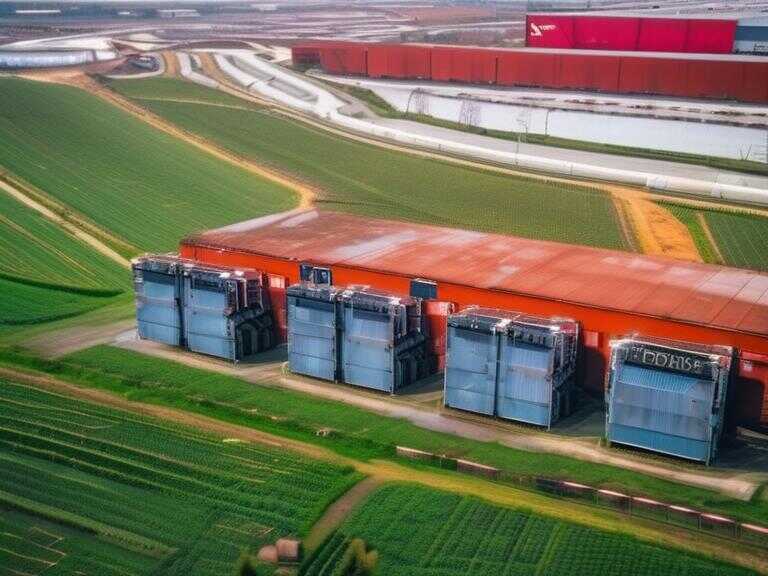
Hurricane Francine Hits Louisiana as Category 2, Causes Widespread Power Outages and Flooding Risks
Hurricane Francine hit Louisiana as a Category 2 storm, causing power outages, flooding, and damage, with evacuation and emergency responses activated.

Hurricane Francine, a dangerous Category 2 storm, struck Louisiana on the evening of September 11, 2024, causing widespread flooding, power outages, and damage. With maximum sustained winds near 100 mph, the storm made landfall in Terrebonne Parish, impacting coastal areas still recovering from hurricanes in 2020 and 2021.
Impact and Preparations
Local officials reported severe flooding, downed power lines, and uprooted trees in Morgan City and nearby areas. More than 221,000 customers were left without power across Louisiana, with Terrebonne and St. Mary Parishes being the hardest hit. Terrebonne Parish President Jason Bergeron urged residents to stay sheltered, emphasizing the rising floodwaters and saturated ground. Laura Leftwich, seeking refuge at her mother's home near Morgan City, expressed concern over the storm's intensity and the rising water.
As the storm approached, the National Hurricane Center advised residents of New Orleans to stay indoors, predicting heavy rainfall and the potential for up to 10 inches of rain. A flash flood emergency was declared for New Orleans and surrounding areas. Despite the warnings, many residents remained determined to weather the storm in their homes, as demonstrated by individuals like Laura Leftwich, who sought shelter near Morgan City.
Storm Progression and National Response
Hurricane Francine, fueled by the warm Gulf of Mexico waters, was classified as a Category 2 storm before making landfall. However, it rapidly weakened to a Category 1 storm as it moved inland, dropping to maximum winds of 85 mph. Despite the downgrade, the storm still posed a significant threat as it continued northeast at 17 mph towards New Orleans and further into Mississippi, Alabama, and Tennessee.
In preparation for the storm's impact, Louisiana Governor Jeff Landry deployed the National Guard to assist in impacted parishes. Resources including food, water, high-water vehicles, boats, and helicopters were readied for response efforts. Meanwhile, President Joe Biden granted an emergency declaration to expedite federal support for Louisiana, while Mississippi Governor Tate Reeves declared a state of emergency.
Resilience and Experience
As Louisiana has a history of experiencing hurricanes, residents like Luis Morfin were well-prepared for Hurricane Francine. Despite facing power outages, they had provisions for cooking and were ready to confront the storm's impact. This preparedness reflects the resilience and experience of Louisiana's communities in dealing with natural disasters.
Storm Warnings and Emergency Measures
Hurricane warnings were enacted along the Louisiana coast, while storm surge warnings were issued from the Mississippi-Alabama border to the Alabama-Florida border. The Mississippi Emergency Management Agency distributed over 100,000 sandbags, and several school districts in Louisiana and Mississippi reported closures in anticipation of the storm.
Hurricane Francine, the sixth named storm of the Atlantic hurricane season, posed a severe threat to the Gulf Coast, prompting storm surge warnings of up to 10 feet. The impact of the hurricane was felt across several states, with residents and authorities taking measures to mitigate its effects.
Share news















